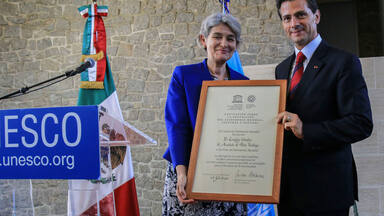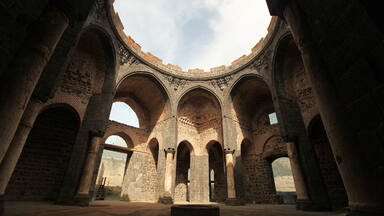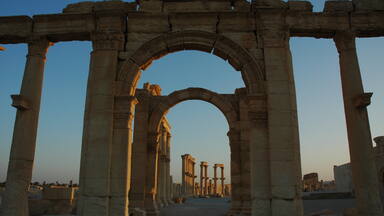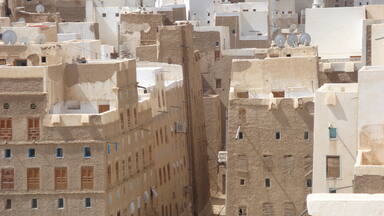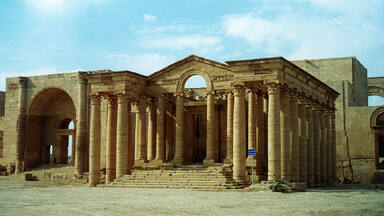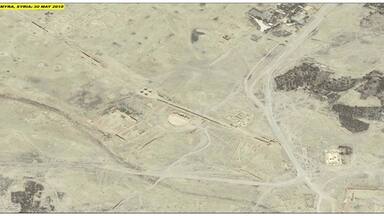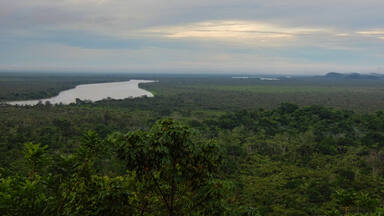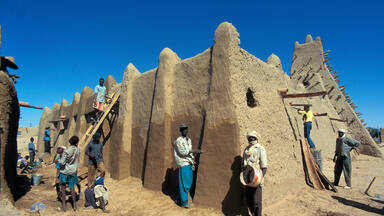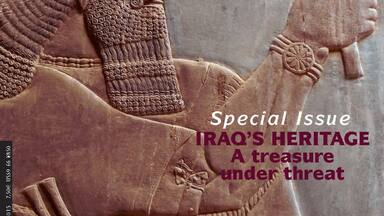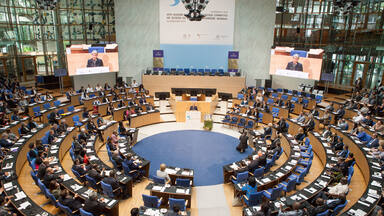Sites in Japan, Turkey, Mexico, Uruguay inscribed on UNESCO’s World Heritage List, extension of Spanish site approved
The World Heritage Committee this afternoon approved the inscription of four cultural sites on the World Heritage List: Sites of Japan’s Meiji Industrial Revolution: Iron and Steel, Shipbuilding and Coal Mining in Japan, Ephesus in Turkey, Aqueduct of Padre Tembleque Hydraulic System in Mexico, and Fray Bentos Cultural-Industrial Landscape in Uruguay.
The Committee also approved the extension of Spain’s Routes of Santiago de Compostela with the addition of the “Camino Francés and Routes of Northern Spain”.
The new sites are:
Sites of Japan’s Meiji Industrial Revolution: Iron and Steel, Shipbuilding and Coal Mining (Japan)—The site encompasses a series of twenty three component parts, mainly located in the southwest of Japan. It bears testimony to the rapid industrialization of the country from the middle of the 19th century to the early 20th century, through the development of the steel industry, shipbuilding and coal mining. The site illustrates the process by which feudal Japan sought technology transfer from Europe and America from the middle of the 19th century and how this technology was adapted to the country’s needs and social traditions. The site testifies to what is considered to be the first successful transfer of Western industrialization to a non-Western nation.
Ephesus (Turkey)—Located within what was once the estuary of the River Kaystros, Ephesus comprises successive Hellenistic and Roman settlements founded on new locations, which followed the coastline as it retreated westward. Excavations have revealed grand monuments of the Roman Imperial period including the Library of Celsus and the Great Theatre. Little remains of the famous Temple of Artemis, one of the “Seven Wonders of the World,” which drew pilgrims from all around the Mediterranean. Since the 5th century, the House of the Virgin Mary, a domed cruciform chapel seven kilometres from Ephesus, became a major place of Christian pilgrimage. The Ancient City of Ephesus is an outstanding example of a Roman port city, with sea channel and harbour basin.
Aqueduct of Padre Tembleque Hydraulic System (Mexico)—This 16th century aqueduct is located between the states of Mexico and Hidalgo, on the Central Mexican Plateau. This heritage canal system encompasses a water catchment area, springs, canals, distribution tanks and arcaded aqueduct bridges. The site incorporates the highest single-level arcade ever built in an aqueduct. Initiated by the Franciscan friar, Padre Tembleque, and built with support from the local indigenous communities, this hydraulic system is an example of the exchange of influences between the European tradition of Roman hydraulics and traditional Mesoamerican construction techniques, including the use of adobe.
Fray Bentos Cultural-Industrial Landscape (Uruguay)—Located on land projecting into the Uruguay River west of the town of Fray Bentos, the industrial complex was built following the development of a factory founded in 1859 to process meat produced on the vast prairies nearby. The site illustrates the whole process of meat sourcing, processing, packing and dispatching. It includes buildings and equipment of the Liebig Extract of Meat Company, which exported meat extract and corned-beef to the European market from 1865 and the Anglo Meat Packing Plant, which exported frozen meat from 1924. Through its physical location, industrial and residential buildings as well as social institutions, the site presents an illustration of the entire process of meat production on a global scale.
The Committee approved the following extension:
Routes of Santiago de Compostela: Camino Francés and Routes of Northern Spain [an extension of the “Routes of Santiago de Compostela”]—A network of four Christian pilgrimage routes in northern Spain, the site is an extension of the Route of Santiago de Compostela, a serial site inscribed on the World Heritage List in 1993. The extension represents a network of almost 1,500 km: coastal, interior of the Basque Country–La Rioja, Liébana and primitive routes. It includes a built heritage of historical importance created to meet the needs of pilgrims, including cathedrals, churches, hospitals, hostels and even bridges. The extension encompasses some of the earliest pilgrimage routes to Santiago de Compostela, following the discovery in the 9th century of a tomb believed to be that of St. James the Greater.
This concludes the Committee’s consideration of new sites to the World Heritage List. The Committee will end its 39th session on 8 July.
Watch Live Live broadcast of the Committee’s work
Documents All the working documents of the World Heritage Committee
Inscriptions World Heritage New Inscriptions
Isabelle Le Fournis
i.le-fournis@unesco.org
+33 (0) 6 12 19 74 01.
Agnès Bardon
a.bardon@unesco.org,
+33 (0) 6 80 24 13 56
Video footage and images of the sites added to the List of World Heritage in Danger and of sites added to the World Heritage List:
Videos Photos

